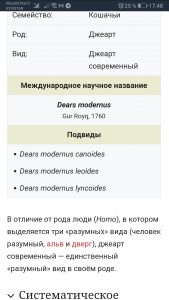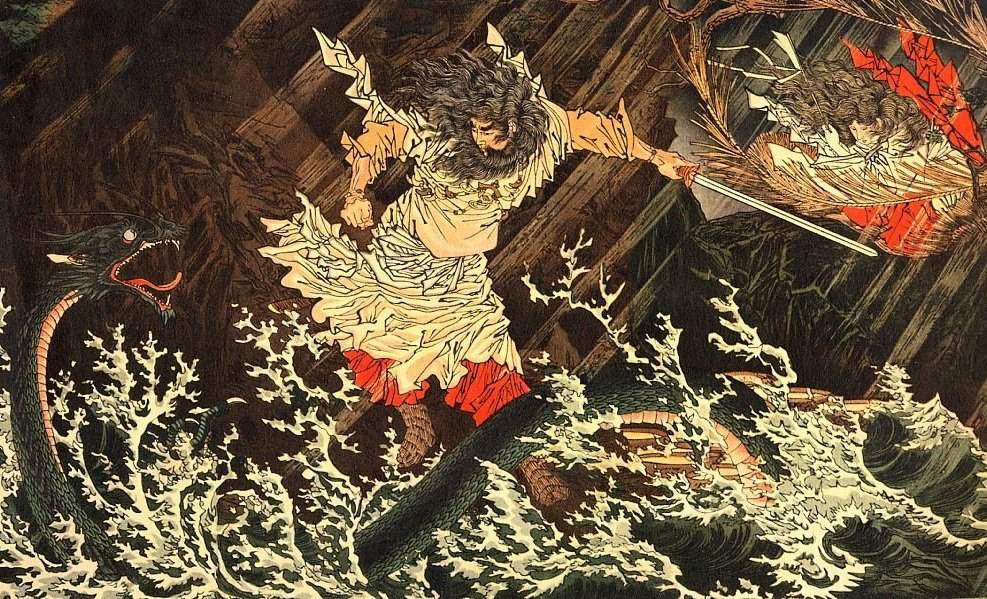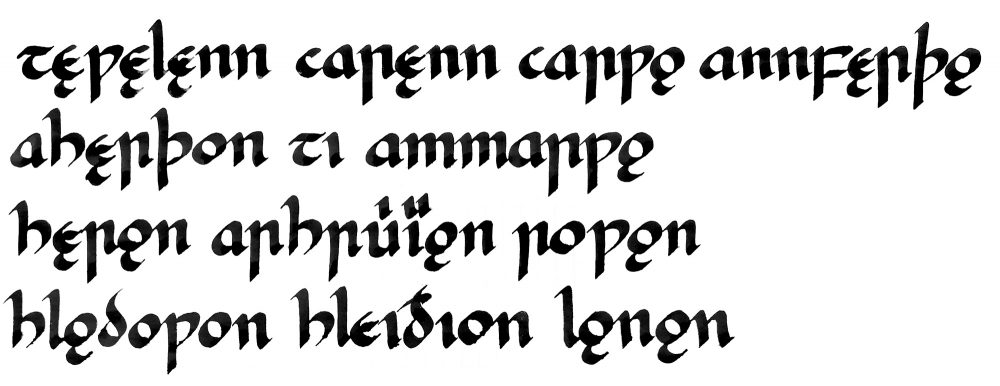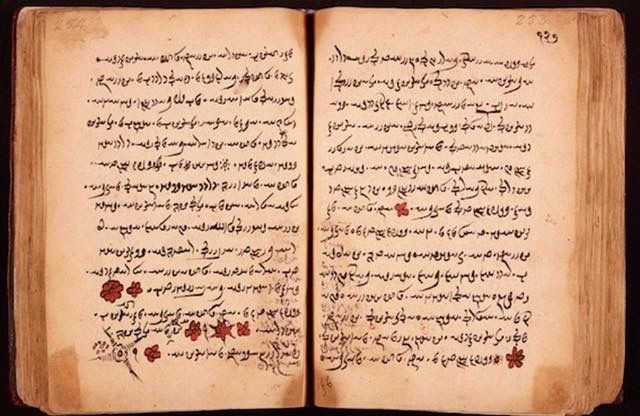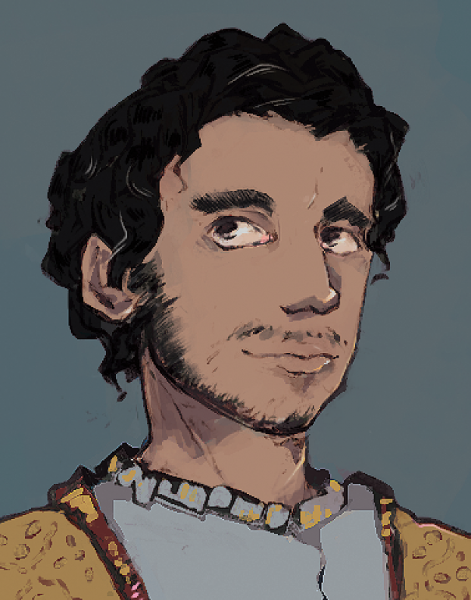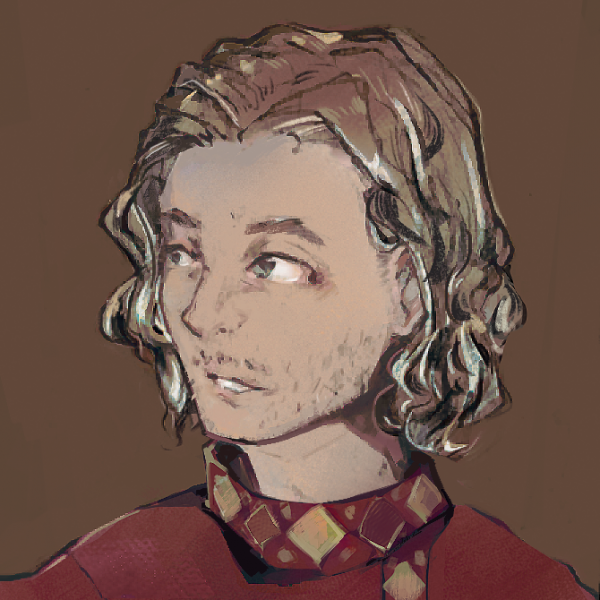Today we have prepared for you some of the most ... albeit cute - ancient written monuments. When I say “ancient”, I really mean the oldest things that exist, such as Lavinavian runic inscriptions on stones, Rech birch bark letters and other similar things.
Go?
- Runic inscription on a ruined obelisk near Trondheim (Ruginia), 2nd century BC.
ᛖᚲ ᚷᛟᛞᚨᚷᚨᛊᛏᛁᛉ ᛊᚨᛏᛁᛞᛟ ᛊᛏᚨᛁᚾᚨ
ᚨᚢᚲ ᚦᚢ ᛖᚱᛁᛚᚨᛉ ᛖᛏ ᛊᚲᛁᛏᛁ
ek Godagastiz staido staina
auk þu Erilaz et skiti
“I, Godagast (= Good Guest), put a stone
And you, Eryl (= Husband; Jarl), eat shit"
Perhaps the reason for the destruction of the obelisk somehow indirectly relates to this inscription. In any case, he obviously did not fall by himself.
- Philosophical prose from Mesopotamia. "Master and Slave Dialogue" in Samsi, circa 1st millennium BC. The whole of it is quite long, so I will attach only a small fragment of it.
[arad mi-tan-gur-an-ni] an-nu-u be-lí an-[nu-u]
[ši-šìr-ma di-kan-ni-ma GIŠnarkab]ta ṣi-in-dam ana ēkalli lu-un-š[ur]
…
- Slave, agree with me!
— Yes, my lord, yes!
- Hurry up the chariot, harness it, in
palace I wish to go!
- Go, my lord, go! Will you
luck! When the king sees you, he will shower you with favors!
“No, slave, I don’t want to go to the palace!”
- Don't go, my lord, don't go! The king saw you
send on a long trip, make you go unknown
dear, make you suffer daily and nightly!
And so on, for a total of ten such passages.
- Syncretic contraption called "Kojiki". Yashutia, 712 AD. I will also give an excerpt, but somewhat longer.
“Then the god Haya-Susa-no-o-no mikoto to the Great Sacred Goddess Amaterasu oo-mi-kami said: “My intentions are pure and bright. Because of the children born by me - tender women I received. So, of course, I won,” so saying, in a riot of [his] victory, the borders on the cultivated fields of the Holy Goddess Amaterasu oo-mi-kami demolished, [irrigation] canals fell asleep.
And also - in the chambers where they taste the first food, he defecated and scattered the feces.
And so, although [he] did this, the Great Sacred Goddess Amaterasu oo-mi-kami, without reproaching [him], said: “It looks like a bowel movement, but it’s my brother - a god, probably, having vomited while drunk, he did it. And the fact that he demolished the boundaries, filled up the canals - this, probably, my brother - God, having regretted the earth, did this, ”she justified [him], but nevertheless his evil deeds did not stop, but became even uglier. At the time when the Great Sacred Goddess Amaterasu oo-mi-kami, being in the sacred weaving chamber, was weaving the clothes that are supposed to be for the gods, [the god Susa-no-o] broke through the roof of those weaving chambers and stripped the heavenly piebald stallion from its tail, thrown inside.
Then the heavenly weavers, seeing this, got frightened, pricked themselves with shuttles in secret places and died.
I could go on and on, actually, but it's getting long enough already, so I'll tie it up. Maybe someday there will be a sequel.



